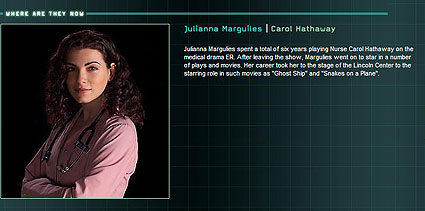ChittahChattah Quickies
- Sleep Dealer – Alex Rivera's 2008 film turns his Why Cybraceros? political-commentary 5-minute short into a feature film about an immigrant labor solution where impoverished Mexican workers use implants to remotely control robots in other countries, performing crappy dangerous jobs no one one in those countries wants to do. But they stay in Mexico to be exploited, rather than coming over the border.
It's a powerful idea and the movie's history from agit-prop to entertainment meshes nicely with some of the points I made about science fiction recently in interactions magazine, in We Are Living in a Sci-Fi World.
- Cybracero Systems – The ultimate in remote control. Workers doing whatever you need, from our state of the art facility in Tijuana, Mexico.
- Why Cybraceros? (1997 video) – Link to the 1997 video
Why Cybraceros?– As agriculture has become a larger and larger industry in America, it has become harder and harder to find American workers willing to do the most basic farm tasks. Picking, pruning, cutting, and handling farm produce are all simple, but delicate tasks. Work that requires such attention to detail remains a challenge for farm technologists, and as of yet, cannot be automated. As the American work force grows increasingly sophisticated, it is even harder to find the hand labor to do these grueling tasks.Under the Cybracero program American farm labor will be accomplished on American soil, but no Mexican workers will need to leave Mexico. Only the labor of Mexicans will cross the border, Mexican workers will no longer have to.
Using high speed internet connections, directly to Mexico, American farms and Mexican laborers will be directly connected. These workers will then be able to remotely control robotic farm workers, known as Cybraceros, from their village in Mexico.
- Organizational Culture 101: A Practical How-To For Interaction Designers – Great piece by Sam Ladner. Success requires so much more than "doing the work" and this is a great look at some of the softer-yet-killer aspects of "consulting."




